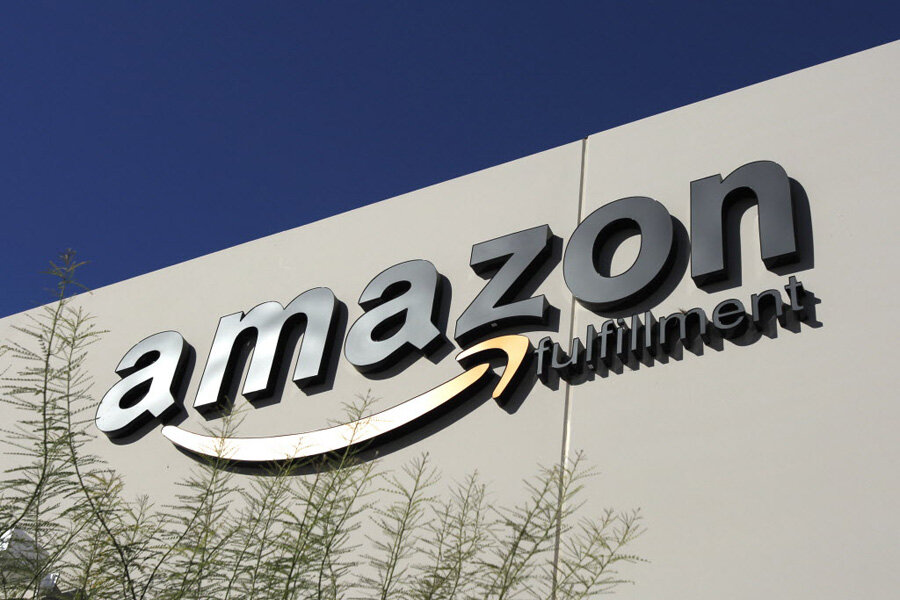Amazon's price strategy secrets: how to use them to your advantage
It can be easy for Amazon customers to assume they're always getting the best price. As a matter of fact, that's exactly what the marketing geniuses at Amazon want you to do. They don't want you to compare prices with Walmart; instead they want you to perceive them as always having the lowest price.
They do this by pricing a few, popular items lower than Walmart does in an effort to build your perception of them as a low-price leader. By knowing which items undercut Walmart's pricing — and which don't — you can become a more informed shopper and save money in the process.
Items That Are Cheaper at Amazon
Spotting the loss leaders at Amazon is not hard. After all, they want you to find the lower prices for their marketing to work.
Items With a High Customer (Star) Rating
A recent study from Boomerang Commerce showed that, in an effort to be perceived as a low price leader, Amazon purposefully undercuts the Walmart price on products with a high star rating. (A high rating is anything over four stars.)
By analyzing millions of orders over the years, Amazon has realized that a great way to build loyal customers is to beat the competition on products that people are gobbling up due to the glowing opinions of fellow shoppers. Use this to your advantage by gravitating toward products with at least a four-star rating, especially when there are at least 50 reviews. It's a bit of a follower's mentality, but you'll find it really does hold true, especially when shopping for small electronics, toys, and video games.
Highly Visible Products
Another category of products that Amazon sells cheaper than Walmart is highly visible and popular items. In other words, items that have a lot of buzz around them and are often featured on the Amazon homepage or highlighted on specific product category pages. Again, the perception of having the lowest price means a lot to Amazon, so when a product has a lot of eyes on it, Amazon will tend to price it lower than Walmart. Examples of some popular and highly visible items that consistently beat Walmart include the popular Fitbit Charge Activity Wristband, Dyson vacuum cleaners, Keurig coffee makers, and the Jawbone Wireless Speaker.
Items That Are Bad Buys at Amazon
Amazon obviously can't undercut the Walmart price on every product. With Walmart's enormous buying power, and reputation for pressuring suppliers to lower prices, it simply can't be done. This means Amazon often raises the prices on other products to make up the difference. These "other products" are items that are not very glamorous in nature and tend to be more "needs" than "wants."
Consumer Electronic Add-Ons
If you score a great deal on a HDTV from Amazon, beware of add-ons like cables, wall mounts, and screen cleaners, as they're typically marked-up. Other examples of add-ons that can be marked up include things like a wireless mouse when buying a laptop, and a protective case or charging station for your new Kindle. In many cases, Amazon will try to pad their profits on these add-ons making them not such a great deal for shoppers.
Household Items
Amazon has the reputation of being up to 20 percent more expensive than Walmart when shopping for household items like laundry detergent, paper towels, toilet paper, and the like. While this margin is definitely getting smaller in recent years, you'll still typically end up paying more compared to Walmart and Costco. If you are going to shop for household items at Amazon, I highly recommend signing up for their Subscribe & Save program, which allows you to get items sent on a monthly schedule with free delivery. The best part is you'll get 15 percent off your total when you have at least five items in your monthly subscription plan. The extra 15 percent savings brings Amazon very close in price, or in many cases, under the Walmart price for identical products.
Clothing
The problem with buying brand name apparel from Amazon is they rarely mark down prices and seldom have coupons. You'll typically score a much better deal by shopping at discount clothing stores like TJ Maxx, Ross, and Marshalls.
Shoes
When shopping for brand name shoes, especially online, you'll find much better prices at websites like Shoebuy, 6PM.com, and ShoeMall. Not only do all three sites offer free shipping, but they also regularly have coupon codes in the 25 percent off range. For example, a new pair of top of the line women's New Balance 990V3 running shoes is selling for $149.95 at both Amazon and Shoebuy, with free shipping. But with a little digging, I found a 20 percent off coupon code for Shoebuy, bringing my total down to $119.96 — a price Amazon can't touch.
While having the perception of being a low price leader is something Amazon strives for, it's up to us, as smart consumers, to see through the charade and always do our due diligence when making significant purchases. This means always price comparing, looking for coupons that'll beat Amazon pricing, and understanding the types of products Amazon purposefully prices higher than the competition. Do that and you're guaranteed to always find the lowest price.






